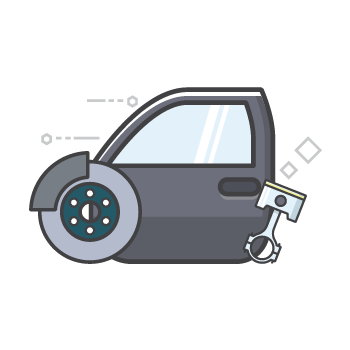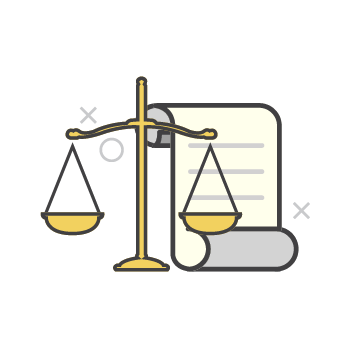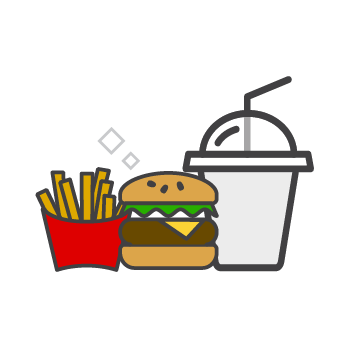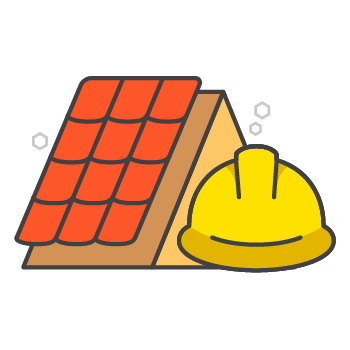Hurricane Preparedness 2022: How to Prepare Your Storm Kit
by Lou-Ann Jordan Jun 6, 2022
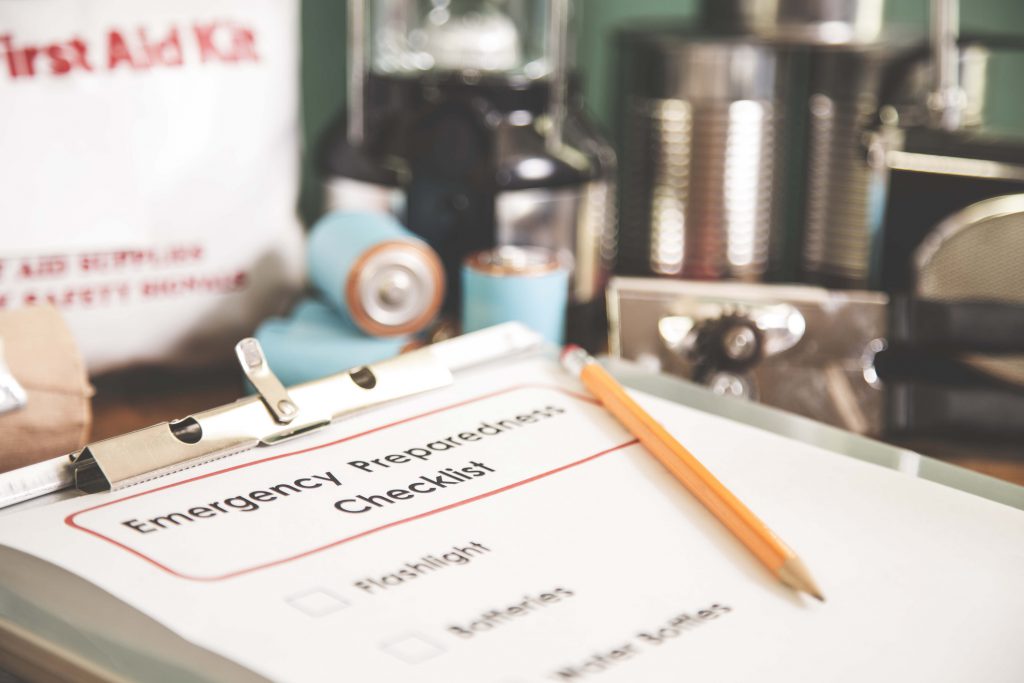
The Atlantic hurricane season runs from 1 June to 30 November and it’s essential to be prepared for bad weather.
Keep in mind that water, electrical and internet supplies may be interrupted during a tropical storm or hurricane, therefore, having a comprehensive stock of supplies will come in handy.
These are the items you should have in your hurricane preparedness kit.
Food and Water
- Shop and stock foods that have a long shelf life i.e. canned goods, dry mixes.
- It’s equally important to stock food for babies and family members with a special diet.
- Store containers of clean water; it’s also a good idea to keep on hand at least three days’ supply of water for each person and pet.
- Purchase foods that are low in salt. The CDC advises that food high in salt or foods may cause increased drinking and water may not be readily available.
- Do not store water longer than six months. Be sure to keep check. Additionally, note the expiration date of purchased water.
Power supplies
- A battery-powered radio.
- Flashlights, candles and matchboxes should be stored and be sure to check that they’re in good working order.
- A cell phone charger.
- Keep an adequate stock of batteries.
Medical and other supplies
- Invest in a First-Aid kit with band-aids, gauze, over-the-counter drugs, sanitiser, masks, gloves, antibiotic creams and ointments, thermometer etc.
- Also add pain relievers, anti-diarrhoea medication, antacids and laxatives.
- A whistle to signal for help.
- Wipes or moist toilettes.
Important documents
- Place passports, birth certificates, legal and medical documents in a waterproof bag and store them in a secure spot preferably somewhere high in case of flooding.
- Grab a copy of your local telephone directory book. The mini copies are easy to store and will help you find emergency and other numbers quickly when you need them.
We hope this ‘how-to’ guide has been helpful.




